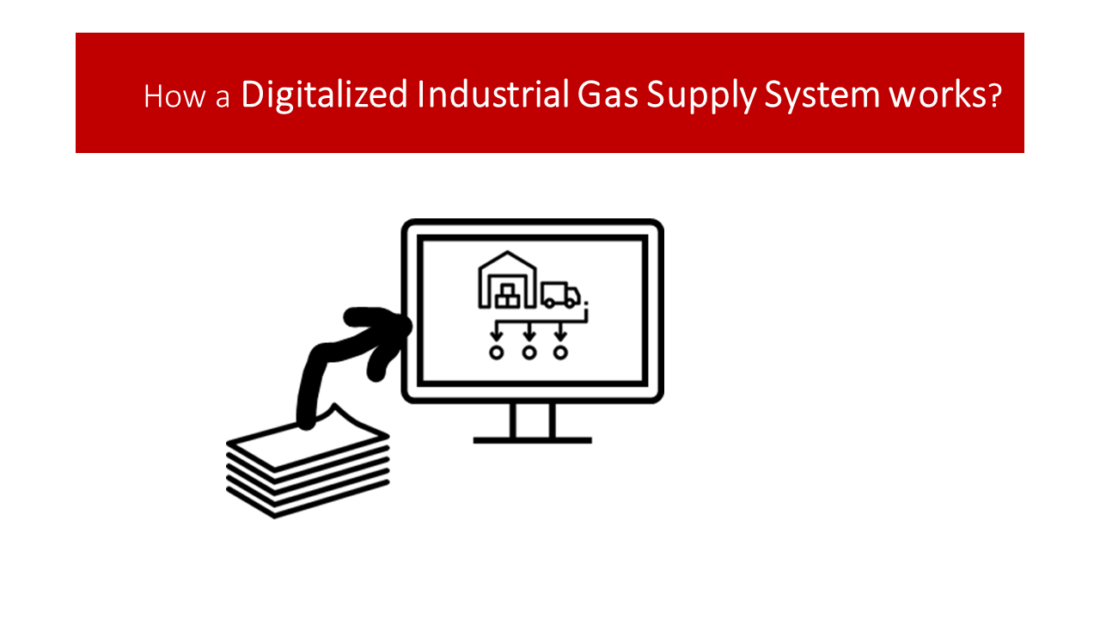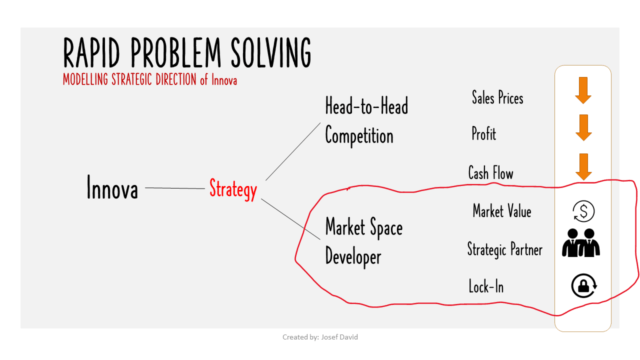A digitalised industrial gas supply system is a technologically advanced method of managing and controlling the supply of industrial gases. This system leverages digital technology to enhance efficiency, reliability, and safety in the supply chain.
**Description of the Digitalised Industrial Gas Supply System**
The digitalised industrial gas supply system is an integration of various technologies such as Internet of Things (IoT), Artificial Intelligence (AI), Machine Learning (ML), and cloud computing. These technologies work together to create a seamless and efficient system for managing the supply of industrial gases.
The system comprises sensors that monitor the levels of gas in the storage tanks, pipelines, and other storage facilities. These sensors are connected to a centralised control system via IoT. The control system collects and analyses data from these sensors using AI and ML algorithms. This data is then used to make informed decisions about the supply of gases.
Cloud computing allows for real-time monitoring and control of the system from any location. This means that operators can manage the supply of gases remotely, reducing the need for on-site personnel.
**Objective of the Digitalised Industrial Gas Supply System**
The primary objective of a digitalised industrial gas supply system is to improve efficiency, reliability, and safety in the supply chain. By leveraging digital technology, these systems can accurately monitor gas levels, predict demand, and automate supply processes. This reduces wastage, minimises downtime, and ensures a consistent supply of gases to meet customer needs.
**Describing the Digitalised Industrial Gas Supply Process**
The process begins with sensors continuously monitoring the levels of gas in storage tanks and pipelines. This data is transmitted to a central control system via IoT. The control system uses AI and ML algorithms to analyse this data and predict future demand based on historical trends.
Once demand is predicted, the system automates the supply process. This involves determining the optimal route for delivery, scheduling deliveries, and monitoring the delivery process in real-time. If any issues arise during the delivery process, the system can quickly identify and resolve them, minimising downtime.
**Value Delivered for Customers**
Customers benefit from a digitalised industrial gas supply system in several ways. Firstly, they can rely on a consistent supply of gases, as the system can accurately predict demand and automate the supply process. This reduces the risk of shortages and ensures that customers can operate their businesses without interruption.
Secondly, customers have access to real-time data about their gas supply. This allows them to monitor usage, track deliveries, and plan for future needs. This level of transparency enhances trust and fosters a stronger relationship between customers and suppliers.
**Value Delivered for Stakeholders**
Stakeholders also benefit from a digitalised industrial gas supply system. For suppliers, the system improves efficiency by automating processes and reducing wastage. This leads to cost savings and increased profitability.
For employees, the system reduces the need for on-site personnel, improving safety. It also provides opportunities for upskilling, as employees can learn to use and manage advanced technologies.
For society at large, these systems contribute to sustainability by reducing wastage and promoting efficient use of resources.
**Summary**
In conclusion, a digitalised industrial gas supply system is an innovative solution that leverages digital technology to improve efficiency, reliability, and safety in the supply chain. By accurately monitoring gas levels, predicting demand, and automating supply processes, these systems deliver significant value for customers and stakeholders alike. As we continue to embrace digital transformation in all sectors of industry, it’s clear that such systems will play a pivotal role in shaping the future of industrial gas supply.




